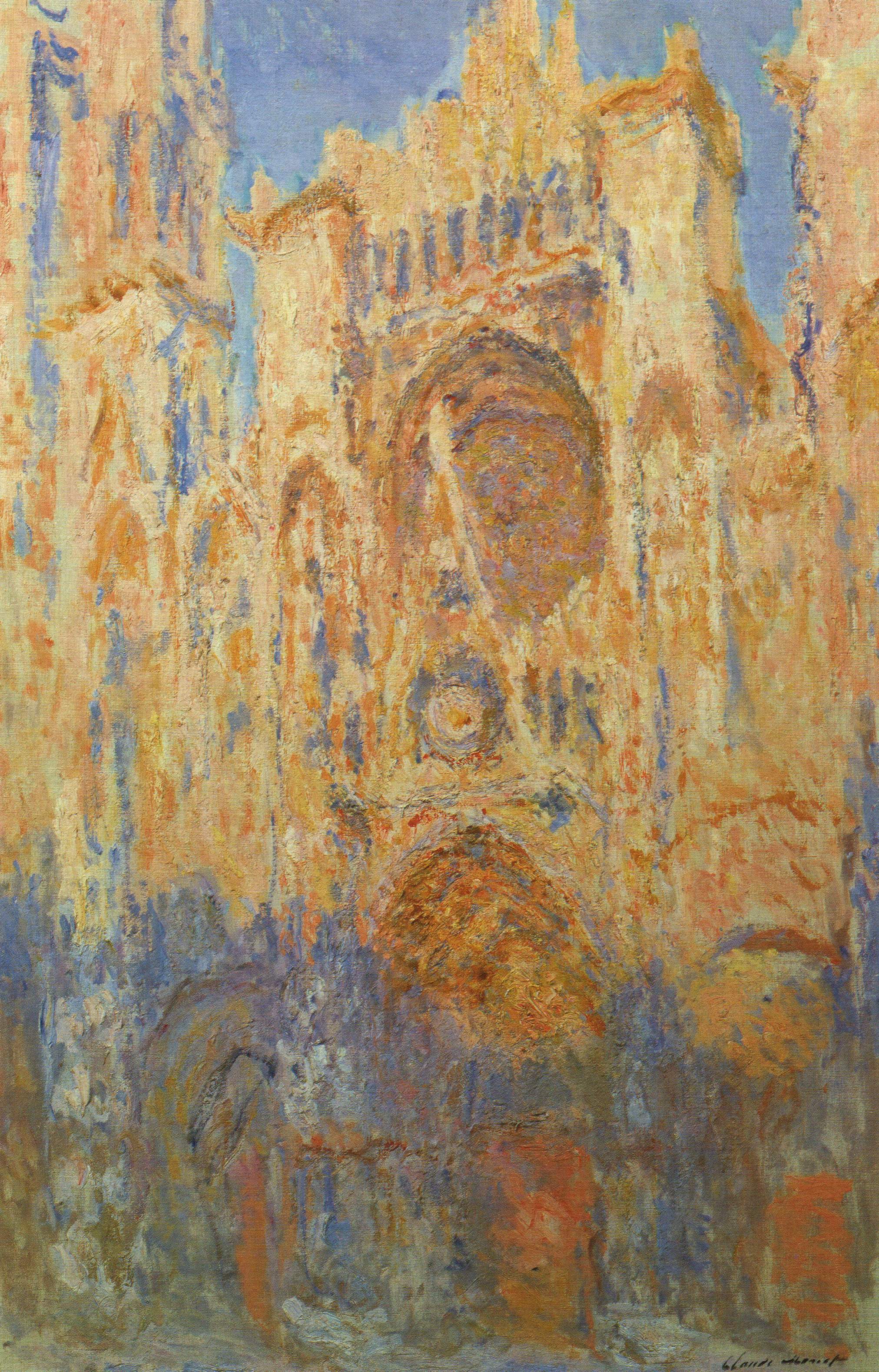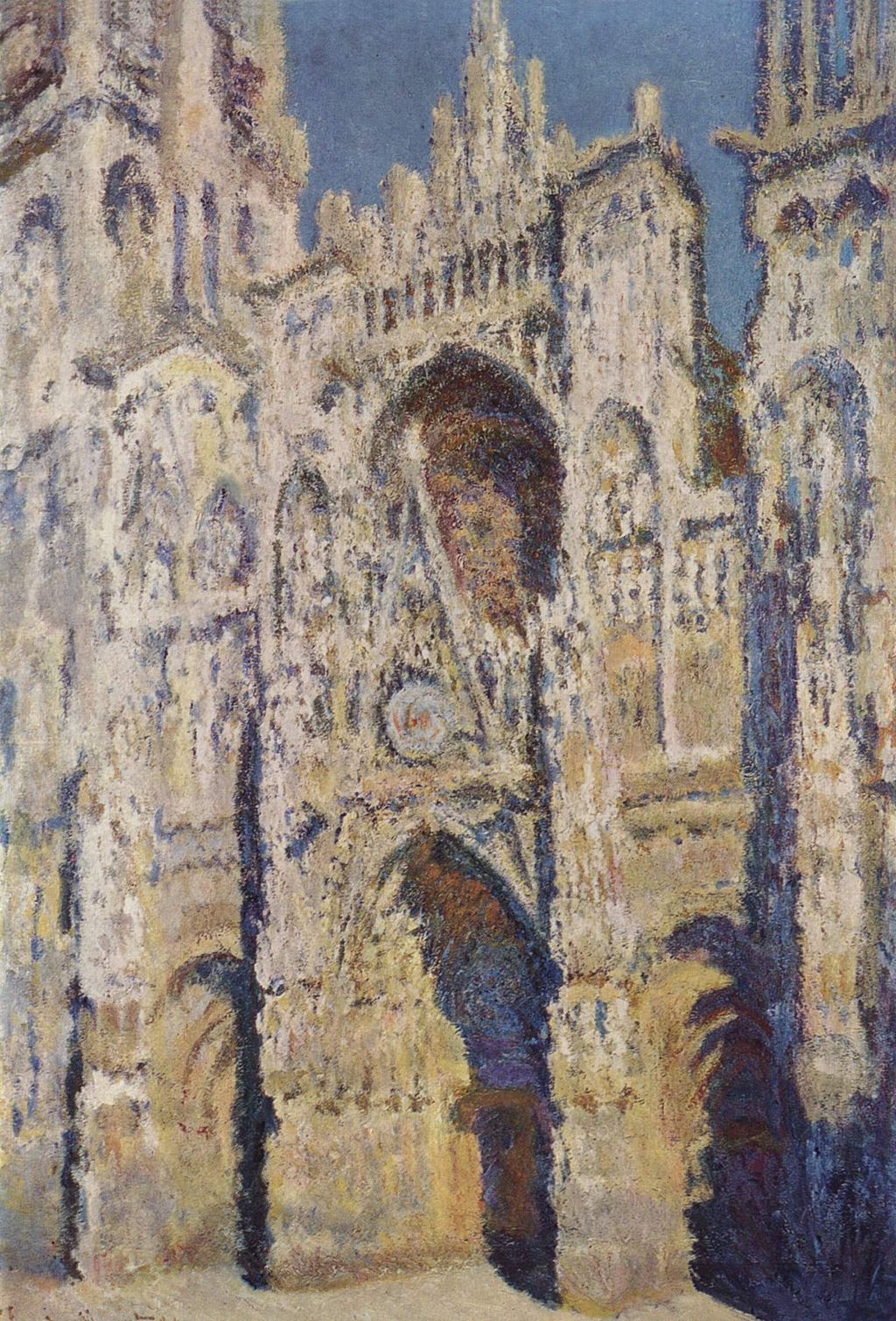So, the famous Parisian Musée d'Orsay celebrates the 150th anniversary of the emergence of Impressionism after choosing the same day to open the current exhibition. In fact, on April 15, 1874, the first Impressionist exhibition opened, and included works by Monet, Renoir, Degas, Morisseau, Pissarro, Sisley and Cézanne, who wanted to free themselves from the prevailing rules, outside official channels. The success was unprecedented from an artistic point of view: Impressionism was born.
The current exhibition shows the emergence of an art movement in a world full of change, following the Franco-Prussian War in 1870, followed by a violent civil war. War. In the wake of this crisis, artists reconsidered their artistic output and wanted to explore new directions. A small “rebellious clan” seems to have painted scenes of modern life, or landscapes, in distant muted colors, and with a lively touch, often in the open air. As one observer noted, “They seem to be looking for more than anything else.”
The collection isn't exactly the same, which is normal when a trend begins to make its way into the art world, so let's look at the difference between Monet's landscape designs and Degas' more traditional realistic works. Kailipote. But the artists always maintained a good relationship with each other, and Caillebotte, who came from a wealthy family, helped the group by buying his friends' paintings and funding some exhibitions.
The story of a painting that entered history
Many historians agree that Claude Monet is considered the father of impressionism, as well as Cézanne, a post-impressionist who later became the father of modern art. At the exhibition, Monet presented his work as “Impression, Sunshine” (or Sunrise). The work caused a great uproar, and critics were unleashed, who considered the exhibited works, especially the aforementioned works, to be a distortion of the origins of art. Louis Leroy, the art critic of the Carivari newspaper, wanted to create a subtle play on words about the title of this painting, so he titled his article on April 25, 1874 “The Exhibition of the Impressionists”, thus giving the name to this new artistic movement: Impressionism. “This painting represents an impression, and since I was a 'stamp,' I said to myself that it must contain some impression.” Monet quoting Louis LeRoy.

French journalist and writer Jules-Antoine Castagnare unhesitatingly supports this term, but in a positive sense, in his article “An Exhibition on the Boulevard Capucine”. In addition, the label appeared in the newspaper Le Siècle on April 29, 1874: “The word itself has passed into their language: it is not a landscape, it is the impression of M. Monet called the rising sun.” For the critic Ernest Chesnot, he saw the painting as “the rising sun on the Thames”, recalling the landscapes of the English painter William Turner and the night scenes of James Whistler, whom Monet met during his stay in London. In 1871.
Claude Monet painted the famous painting, somewhat smaller dimensions, which became the most famous Impressionist painting, during his visit to the city of Le Havre, where he had a special status because he was born there. At the time, Le Havre was a thriving port fueled by the Industrial Revolution, a stark contrast to the devastation of World War II. According to art historians Daniel Wildenstein, Impression, Sunrise, Sunrise from a Room Window at the Hôtel de la Demeruti was probably executed between 1873 and 1874, although it was sold in 1872.
At the end of the exhibition, the painting was purchased in May 1874 for 800 francs (equivalent to 3,500 euros in 2024) by Monet's collector and friend Ernst Hoscheder. When Hoshite went bankrupt, his collection was dispersed during court auctions, which confirmed the disinterest of the government and dealers in Impressionist works, with rare enthusiasts buying up many of the masterpieces at ridiculous prices. So, in 1878, Georges de Belleux bought the painting for 210 francs, passing it on to his nephew Ernest Donab de Monchy (who married his daughter Victorine in 1893), the last private owner. The painting was deposited in the Marmottin Museum in 1938, initially temporarily, then permanently in 1957, after being moved to the Château de Chambord in 1940 to avoid damage during World War II. The work was stolen in 1985, along with four other works by Monet and two paintings by Renoir. Then in December 1990, at the Marmottan Museum in Porto Vecchio, a Corsican thug (from Corsica) was discovered trying to negotiate with a Japanese, Shinichi Fujiko, who had ties to the yakuza. Known Japanese criminal organization.
In the impressionistic technique
The first feature of Impressionist works was that most of them were executed outdoors, so that despite the many languages, the phrase plein air later spread around the world. In addition to the Impressionists' initial preference for this method, it was aided by another detail, which may seem small but important. In the second half of the nineteenth century, color factories began to produce colors packaged in small tubes, which made them easier to carry and take them to nature without much effort.

(Rouen Cathedral – Changing Light Series)
On the other hand, purely artistic, Impressionists can be said to have revolutionized the way painting and depicting reality. By freeing themselves from conventions, they did not place too much emphasis on the primacy of traditional painting (an issue that varied from one artist to another), and they were able to focus on color as an important element in the composition of the artwork. . The aesthetics of color and high-speed movement are of prime importance to them. Aesthetically, their style is modernism, open space, quick coding of emotional dimension and bright colors and the unfinished aspect of this art technique and its somewhat rough structure allowed the expression of individual impressions. Despite the existing differences among its members, the group presented a new painting that quickly gained interest in intellectual circles, an interest that later and over time extended to the general public.
For Monet, entering his painting and studying his preparation reveals the physical nature of the work, and shows how the flexible, fluid, sticky, or colorful paste substance of paint is transformed into a solid, smooth one. , or the main subject, and allows these material properties by connecting them with the effects they create, namely the fluidity that belongs to the aspect of oil painting in its early stages, according to the nature of the things Monet wanted to represent, water, air, and what moves, trembles and passes.
The fluidity of Claude Monet's painting can be seen from the first drawings, where line undulates and avoids defining boundaries. and momentum, which helps facilitate gesture, as well as retrieval and mobilization, binds the elements together, imparts resonance and movement.
As did Delacroix at the time, as did all Impressionists, Monet favored pure, primary and complementary colors. He painted on light-colored backgrounds to reflect the light, and continued to use his brush in small, quick strokes, as a kind of small dividers placed on the canvas. In Monet's works, there is almost no straight line, and his touches of color evoke the movement of form, mineral or plant material, and natural elements. In order to work on the effect of daylight according to time and weather on atmosphere or objects, Monet often painted the same subject in series, and the most important example of this is the series of works dedicated to the city's cathedral. Rouen, which he painted at different times of the day, from the same place, and with the spirit and determination of those who wished to go far in the effects of light, the element without which we see no color, and our days are always sad and dark.